What are the Signs & Symptoms of Endometriosis?
Endometriosis is a painful condition in which endometrial tissue grows outside the uterus, often in the pelvic area. Here are the symptoms & stages of Endometriosis.
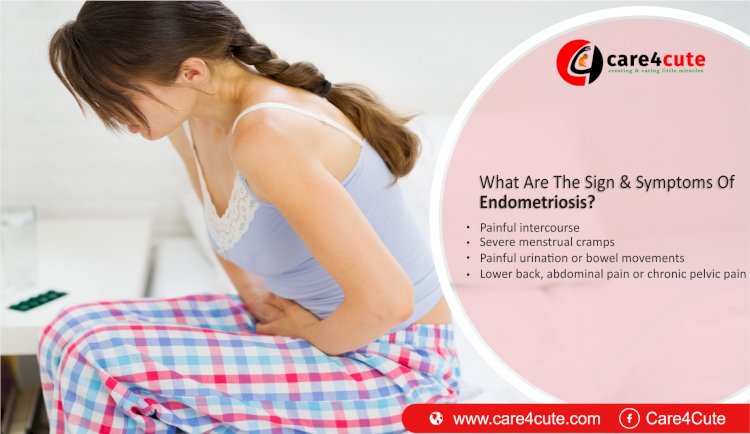
What is Endometriosis?
Endometriosis is a disorder in which tissue similar to the tissue that forms the lining of your uterus grows outside of your uterine cavity. The lining of your uterus is called the endometrium.
Endometriosis occurs when endometrial tissue grows on your ovaries, bowel, and tissues lining your pelvis. It’s unusual for endometrial tissue to spread beyond your pelvic region, but it’s not impossible. Endometrial tissue growing outside of your uterus is known as an endometrial implant.
Endometriosis symptoms
The symptoms of endometriosis vary. Some women experience mild symptoms, but others can have moderate to severe symptoms. The severity of your pain doesn’t indicate the degree or stage of the condition. You may have a mild form of the disease yet experience agonizing pain. It’s also possible to have a severe form and have very little discomfort.
Common symptoms
The most common symptom of endometriosis is pelvic pain. This pain often occurs before or during menstruation, but may also be experienced at other times. Symptoms are not the same for every woman and depend on the location of the endometriosis.
- Severe menstrual cramps
Menstrual cramps caused by endometriosis are different from normal menstrual cramps — they are more severe and may begin earlier in the menstrual cycle and last longer.
- Painful intercourse
Endometriosis can cause pain to be felt deep in the abdomen and/or pelvis during or following sex.
- Painful urination or bowel movements
With endometriosis, these types of pain may be experienced during menstruation. In cases where the bowel and bladder are severely affected by endometriosis, pain may be felt even between periods.
- Lower back, abdominal pain or chronic pelvic pain
Some women may experience abdominal and pelvic pain that is not associated with their menstrual cycles, but which occurs on a daily basis and which has lasted for six months or longer.
- Other gastrointestinal upsets such as diarrhea, constipation, and nausea
For women with endometriosis, these symptoms may be experienced during menstruation.
Rare symptoms
In very rare cases, the growth of endometriosis is very extensive and the following symptoms might be experienced, usually when you are having your period.
- Leg pain or sciatica
This type of pain suggests that the endometriosis is affecting nerves.
- Rectal bleeding or blood in the urine
This type of pain suggests that the endometriosis is affecting the bowel or bladder.
- Shortness of breath
This symptom suggests that the endometriosis may be affecting the lungs or diaphragm.
Endometriosis stages
Endometriosis has four stages or types. It can be any of the following:
- minimal
- mild
- moderate
- severe
Different factors determine the stage of the disorder. These factors can include the location, number, size, and depth of endometrial implants.
Stage 1: Minimal
In minimal endometriosis, there are small lesions or wounds and shallow endometrial implants on your ovary. There may also be inflammation in or around your pelvic cavity.
Stage 2: Mild
Mild endometriosis involves light lesions and shallow implants on an ovary and the pelvic lining.
Stage 3: Moderate
Moderate endometriosis involves deep implants on your ovary and pelvic lining. There can also be more lesions.
Stage 4: Severe
The most severe stage of endometriosis involves deep implants on your pelvic lining and ovaries. There may also be lesions on your fallopian tubes and bowels.

 Dr. Neelu
Dr. Neelu 








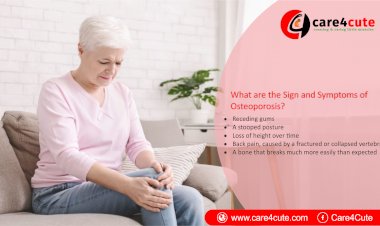



















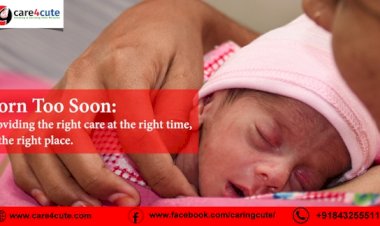

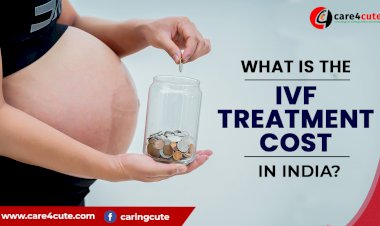


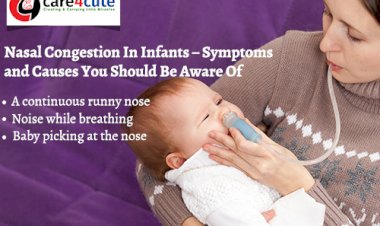
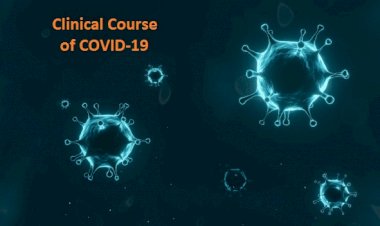

Comments (0)